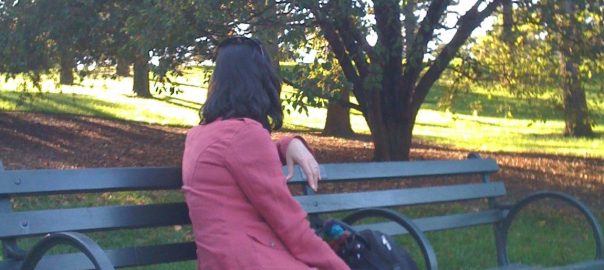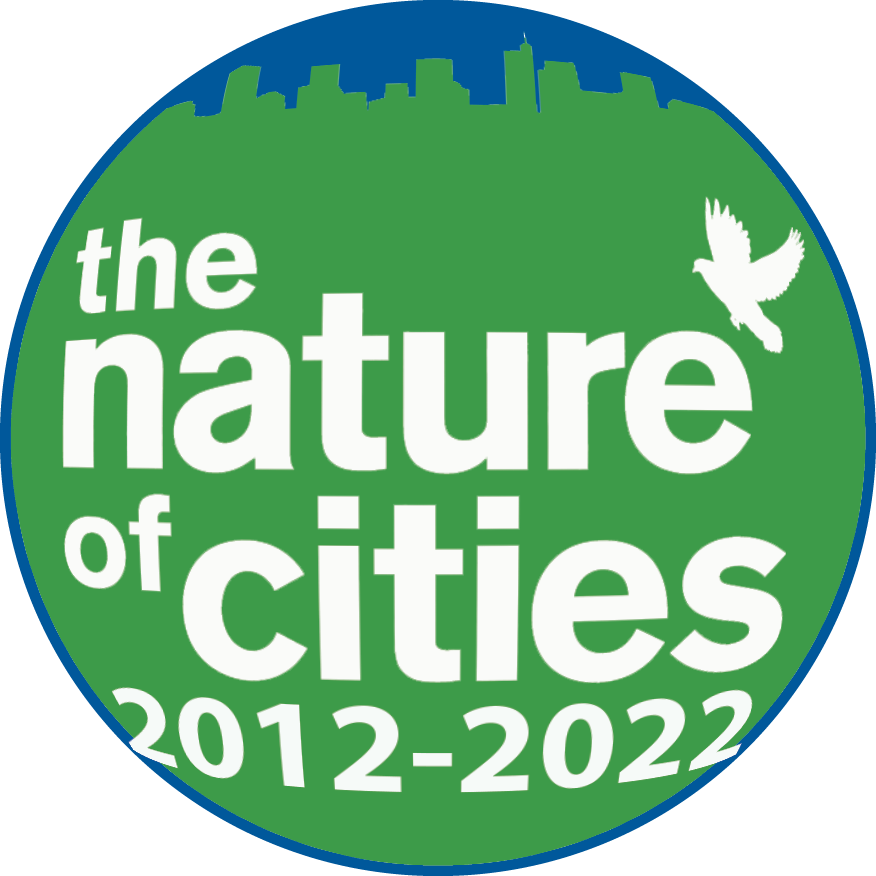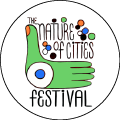11 May 2014
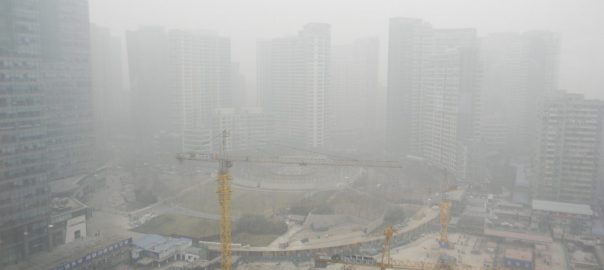
On 16 March 2014, China’s State Council released the “National New-type Urbanization Plan,” a long-awaited top-down effort to utilize urbanization as an engine for economic growth in the near future. The plan details an ambitious series of goals the government seeks to accomplish by 2020. However, speeding up the urbanization...
1 Comment(s)Join our Conversation
7 May 2014
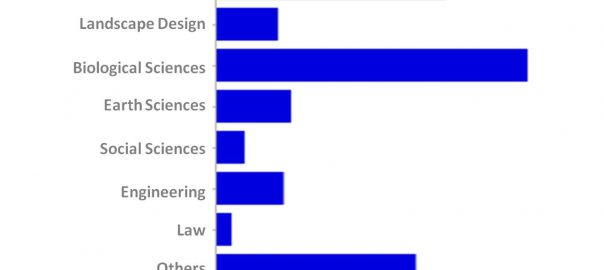
Talking about biodiversity and nature in cities? If you do this in Brazil it will probably sound weird to a lot of educated people, including professionals and researchers on urban and ecological areas. And that’s exactly what I do most of the time. Actually, it is interesting how I got...
0 Comment(s)Join our Conversation
30 April 2014
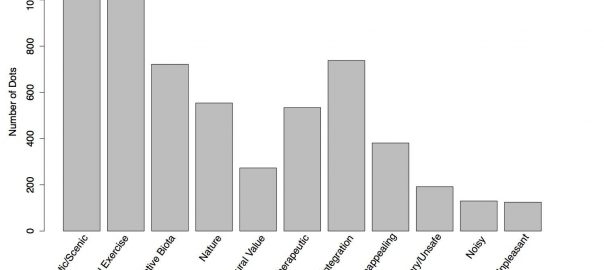
The concept of values is frequently brought up in relation to environmental issues, and discussions about urban nature are no exception. In particular, values are frequently at the heart of dialogue about urban ecosystem services, especially in relation to economics and monetary valuation. This was demonstrated by the recent ‘roundtable’...
3 Comment(s)Join our Conversation
27 April 2014

The main picture prefacing the news article by Roger Harrabin on the BBC website on 8 April 2014 on the final draft report of the Intergovernmental Panel on Climate Change (IPCC) was a stark black and white scene of strong high waves breaking against sea-walls. It drives home the point...
0 Comment(s)Join our Conversation
23 April 2014

Nature Needs Half is a concept under consideration in the Capital Regional District (CRD)[End note 1]. Simply put, Nature Needs Half means saving fifty percent of an area’s lands and waters for nature. This concept recognizes the impact of humans upon the land, while also acknowledging that we need to...
2 Comment(s)Join our Conversation
19 April 2014
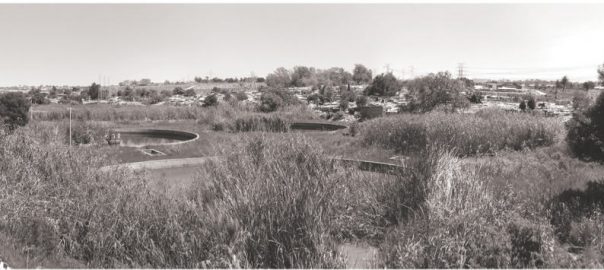
Spring in Brussels. Balmy weather, traffic jams, helicopters hovering in skies of pale, duck-egg blue. Politicians, policy-makers and lobbyists rub shoulders with the G4S security personnel tasked with their safety. The guards outnumber their charges, and by some margin. The hotels and train stations are full. Lufthansa is on strike. ...
2 Comment(s)Join our Conversation
14 April 2014
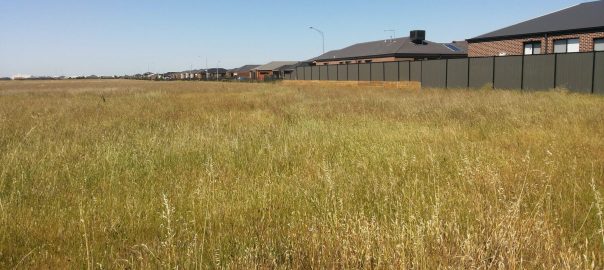
The actions we undertake under the banner of “creating biodiversity-friendly cities” are about more than just conservation, they are about managing urban biodiversity in a broader sense. Frequently in our discussions of this topic, two distinct but interdependent ideologies tend to emerge. First, we begin by talking about how to...
0 Comment(s)Join our Conversation
9 April 2014
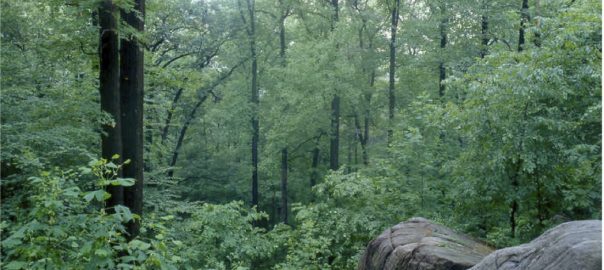
With almost all of my career (and most of my adult life) spent working in or around city parks, I was recently surprised to learn an astonishing fact. In American’s largest cities, more than half contain park systems that are more than 50 percent “natural.” In fact, in America’s 10...
6 Comment(s)Join our Conversation
7 April 2014
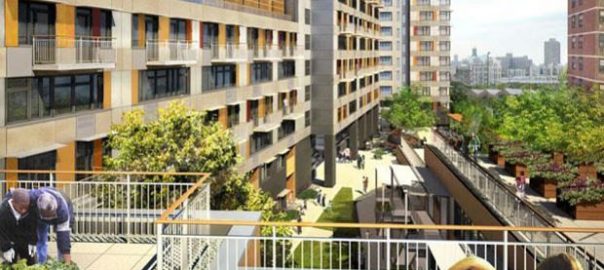
25 Comment(s)
Join our Conversation
6 April 2014
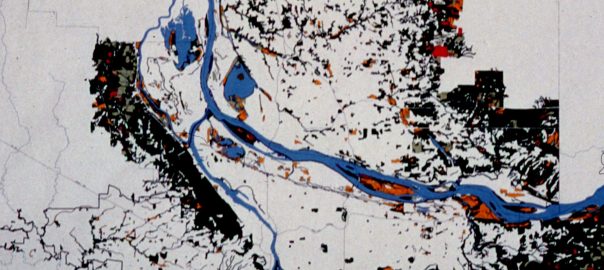
Tim Beatley (2000: 224) cites Portland, Oregon as one example of progressive regional, bioregional, and metropolitan-scale greenspace planning in the country. Portland is also known for its land use planning and sustainability practices. Indeed, the city has more LEED (Leadership in Environmental Design) buildings than any other city. While the...
2 Comment(s)Join our Conversation
2 April 2014

City economies as patterns of connection In a healthy functioning city, various forms of urban capital, including natural, social, cultural — and economic — are enabled to flow smoothly and flexibly, along paths that are productive and enriching to the system of which they are a part. The most efficient...
4 Comment(s)Join our Conversation
31 March 2014

Cape Town sprawls beneath the majestic Table Mountain in the heart of the mega-diverse Cape Floral Kingdom. With 3.74 million inhabitants, it is South Africa’s second most populous city. Despite the obvious ecological stressors resulting from the city’s high metabolism and rapid expansion (ca. 1.4% per year), a spectacular richness...
27 Comment(s)Join our Conversation
24 March 2014
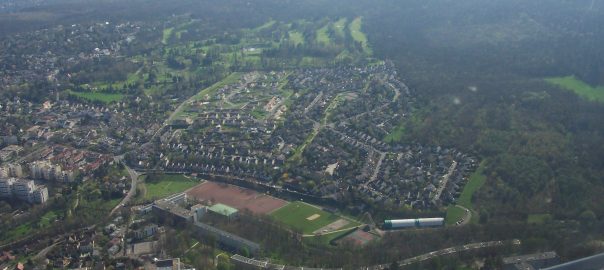
Nearly 70% of the world population lives in urban areas and nearly 75% of economic activity is located therein. Urban areas concentrate not only wealth but also extreme poverty and environmental degradation. Despite the significant progress in urbanization, still a billion people live in the slums of urban areas. Thus...
2 Comment(s)Join our Conversation
18 March 2014
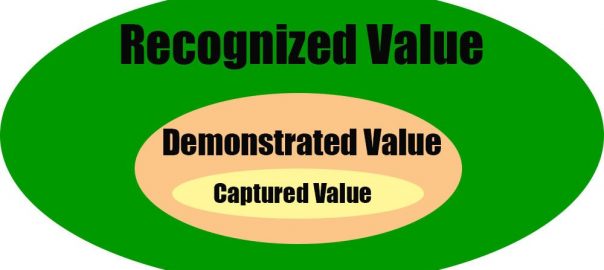
A lot of recent discussion around urban planning, resilience, and sustainable cities has included ideas about community engagement. How do we get the public more engaged in urban planning in ways that are effective — that honors good design, evidence-based science and community desires? Having decided that community engagement is...
2 Comment(s)Join our Conversation
12 March 2014
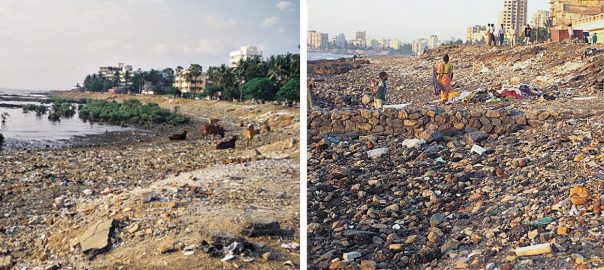
Mumbai’s development plan is revised every twenty years. The revision process of the current plan is underway for preparation of a new plan for 2014-2034, to be launched some time later this year. Amongst many issues that active citizens and environmental groups have flagged is that of ecology and environment....
5 Comment(s)Join our Conversation
9 March 2014

The nature of cities is inextricably tied to the nature of public space and this blog is about just a small part of that ‘nature’. It was inspired by what appeared to be graffiti on a public footpath that runs along the street where I live, in sunny Semaphore, South...
1 Comment(s)Join our Conversation
3 March 2014
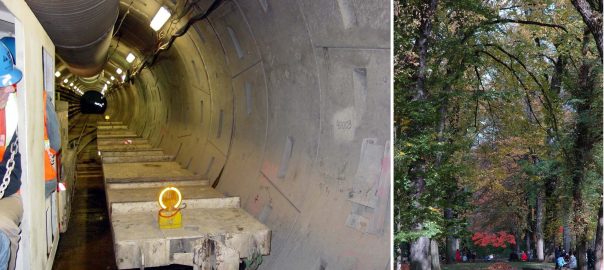
0 Comment(s)
Join our Conversation
2 March 2014
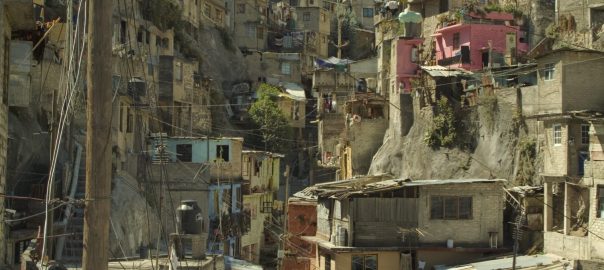
Next year, the Millennium Development Goals (MDGs), adopted by the United Nations after the Millennium Declaration, are set to expire. The next set of global development goals, which are supposed to be even more environmentally focused — the Sustainable Development Goals — are currently under discussion at the UN and...
1 Comment(s)Join our Conversation
26 February 2014
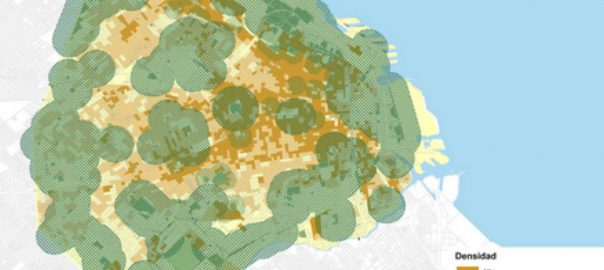
Recently Buenos Aires, the capital city of Argentina, has begun a transformation to reduce the urban processes that have negative effects on biodiversity. The city has an area of 202 square kilometers and a population of 2.9 million. Every day up to four million people enter in the city from...
3 Comment(s)Join our Conversation
23 February 2014
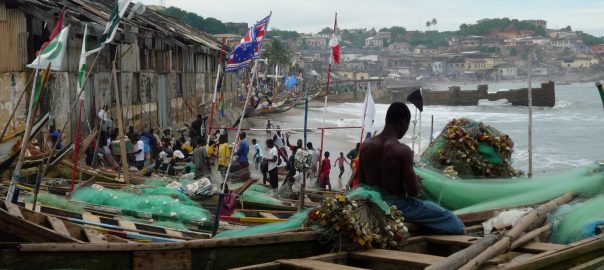
Today, we live in the ‘Urban Anthropocene’. This expression combines the global trend towards urbanization and the neologism ‘Anthropocene’, the term an ecologist would be forced to use these days to describe Homo sapiens as the key structuring species that could determine, alone, the fate of Earth’s life forms. For...
2 Comment(s)Join our Conversation

